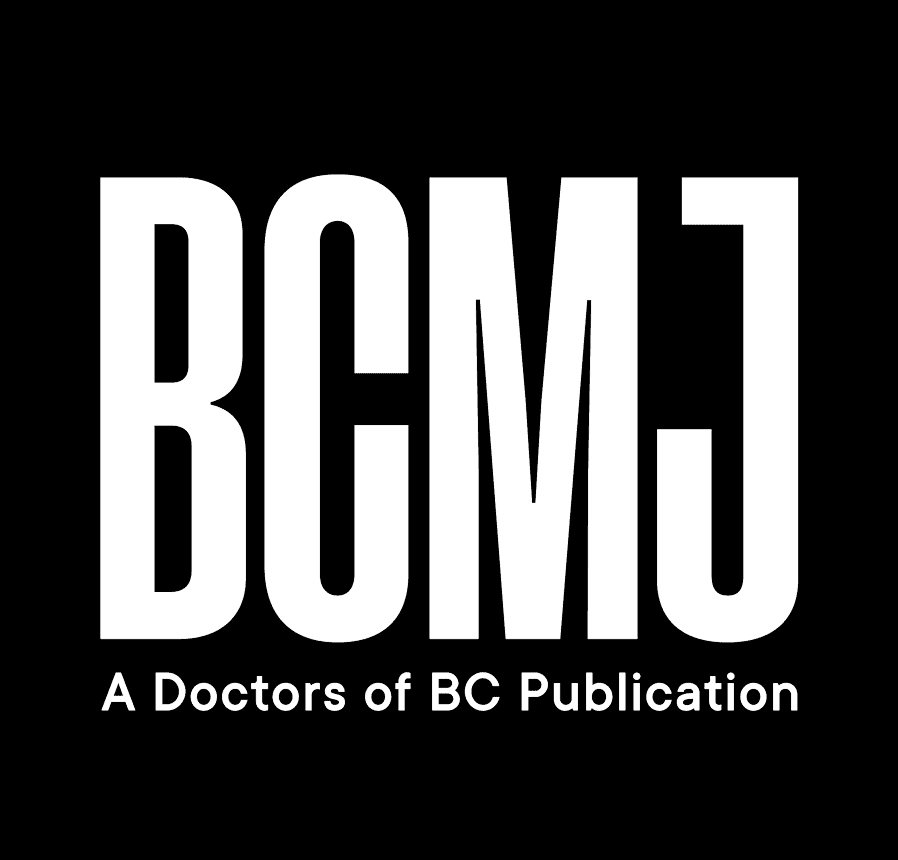Recovery from hernia repair
Over the past three decades, there have been significant changes to inguinal hernia repair procedures and recovery expectations, and persistent discrepancies between what should be happening and what is happening. Fortunately, those discrepancies are now being addressed.
What used to happen
In the mid-1980s, following expert consensus, WorkSafeBC developed policy around inguinal hernia claims. The policy gave front-line staff direction on dealing with claims involving hernias. With regard to postoperative time off work following inguinal hernia repair, the policy specified that “postoperative wage loss will be limited to 42 calendar days unless there are complications….”
Starting in the late 1990s, questions were raised regarding the 42 calendar days of wage loss and whether that was in keeping with the current literature and with surgeons’ more recent experience around recovery from inguinal hernia repair, particularly with the emergence of minimally invasive surgery.
What WorkSafeBC did
In 2004, WorkSafeBC’s Evidence Based Practice Group (EBPG), a Cochrane Canada affiliate, published a paper based on systematic reviews (it’s posted at www.worksafebc.com/health_care_providers/Assets/PDF/Hernia.pdf). It showed that postoperative convalescence and return to work typically occurred in less than 42 days. Yet, at the same time at WorkSafeBC, the average length of time off work post-hernia repair was 43 days.
Regarding postoperative convalescence, the paper reported a 2001 Cochrane review (Webb and colleagues, 2001) that found:
• For open herniorrhaphy, mean and median convalescence times were 20.4 and 21 days, respectively.
• For laparoscopic herniorrhaphy, mean and median convalescence times were 13.5 and 14 days, respectively.
Additional review by the EBPG found that mean times to return to work for open and laparoscopic repairs were 27.2 and 11.7 days, respectively.
This information was shared with WorkSafeBC’s policy development group, and among other changes to policy, the automatic payment of up to 42 calendar days was changed to state: “Usual recovery times for hernia surgical repair are based on medical protocols and procedures adopted by the Board” (Rehabilitation Services and Claims Manual, C3-16.10).
What was anticipated
After the policy change, the expectation was that workers would follow individualized evidence-based medical advice that would result in return to work earlier than the average 43 days.
What actually happened
In January 2011, the EBPG reviewed WorkSafeBC recovery data for workers who had undergone herniorrhaphy. Surprisingly, average time loss postsurgery remained unchanged at 43 days.
At the same time, the EBPG updated its systematic review of hernia surgical repair and noted that the literature now suggested usual postoperative return-to-work time had dropped further for the populations studied. For patients post-open or post-laparoscopic hernia repair, average recovery with return to activity, including work, occurred after 18.5 and 9.7 days, respectively. Again, these times were quite different from the average of 43 days seen in the injured worker population covered by WorkSafeBC.
What we are doing now
WorkSafeBC liaises with BCMA on topics regarding medical care and disability management for injured workers. At a recent meeting, the groups discussed the discrepancy between the expected and actual convalescence time for injured workers following hernia surgical repair.
As a result, the BCMA’s Section of General Surgery, along with WorkSafeBC, is reviewing the literature for the liaison group, focusing on updated literature and expert evidence. They will report the results. We anticipate this review will lead surgeons to better communicate expected return-to-work timelines to their patients.
As well, we expect surgeons will provide primary care physicians with more information about when these patients should be able to return, safely, to normal activities—ranging from sedentary to heavy work.
To learn more, please contact WorkSafeBC Medical Services at 604 244-6224.
—Celina Dunn, MD, CCFP
Craig Martin, MD
Kukuh Noertjojo, MD, MHSc, MSc
This article is the opinion of WorkSafeBC and has not been peer reviewed by the BCMJ Editorial Board.
